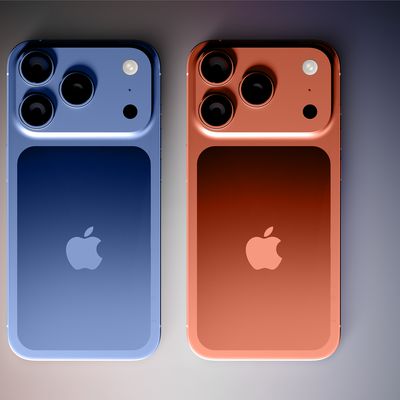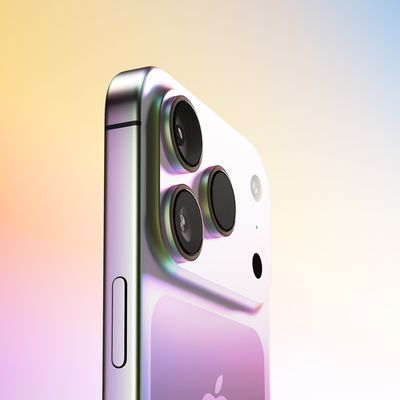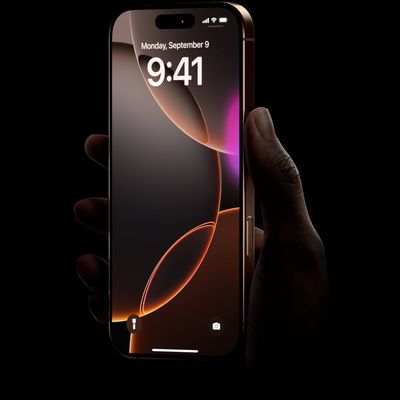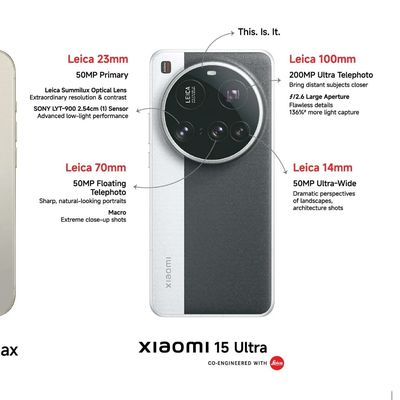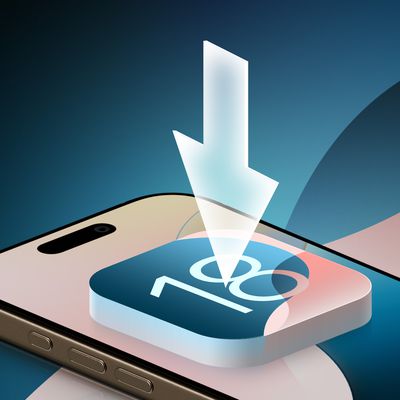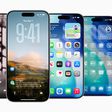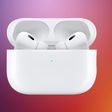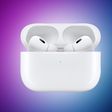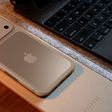Bluetooth 6 Launches, Could Enhance iPhone's Precision Finding Feature
The latest version of Bluetooth was released this week, and it includes a new feature that could benefit the Find My app across Apple devices.

Bluetooth 6.0 introduces "Channel Sounding," a feature that will bring "true distance awareness" to billions of future Bluetooth devices and accessories. The organization behind Bluetooth promises that this technology will achieve "centimeter-level accuracy over considerable distances," making it easier and quicker for users to locate lost items.
Apple already offers a Precision Finding feature in the Find My app that leverages Ultra Wideband technology to help users pinpoint the specific location of select accessories. The feature is available on the iPhone 11 and newer, and currently it can be used to find an AirTag or a second-generation AirPods Pro charging case.
Apple could use both Bluetooth 6.0 and Ultra Wideband technologies in unison to improve Precision Finding. Bluetooth 6.0 also paves the way for Precision Finding-like location accuracy for devices that are not equipped with Ultra Wideband chips, such as the Apple TV's Siri Remote and devices released by other companies.
It is unclear when the first devices with Bluetooth 6.0 will be released, but given that the specification is only just now available to hardware manufacturers and developers, the first Apple devices with support are likely at least a year away.
Popular Stories
An iPhone 17 announcement is a dead cert for September 2025 – Apple has already sent out invites for an "Awe dropping" event on Tuesday, September 9 at the Apple Park campus in Cupertino, California. The timing follows Apple's trend of introducing new iPhone models annually in the fall.
At the event, Apple is expected to unveil its new-generation iPhone 17, an all-new ultra-thin iPhone 17...
Apple is expected to unveil the iPhone 17 series on Tuesday, September 9, and last-minute rumors about the devices continue to surface.
The latest info comes from a leaker known as Majin Bu, who has shared alleged images of Apple's Clear Case for the iPhone 17 Pro and Pro Max, or at least replicas.
Image Credit: @MajinBuOfficial
The images show three alleged changes compared to Apple's iP...
Apple will launch its new iPhone 17 series this month, and the iPhone 17 Pro models are expected to get a new design for the rear casing and the camera area. But more significant changes to the lineup are not expected until next year, when the iPhone 18 models arrive.
If you're thinking of trading in your iPhone for this year's latest, consider the following features rumored to be coming to...
Apple and Samsung have reportedly issued cease-and-desist notices to Xiaomi in India for an ad campaign that directly compares the rivals' devices to Xiaomi's products. The two companies have threatened the Chinese vendor with legal action, calling the ads "disparaging."
Ads have appeared in local print media and on social media that take pot shots at the competitors' premium offerings. One...
Apple is preparing to release iOS 18.7 for compatible iPhone models, according to evidence of the update in the MacRumors visitor logs.
We expect iOS 18.7 to be released in September, alongside iOS 26. The update will likely include fixes for security vulnerabilities, but little else.
iOS 18.7 will be one of the final updates ever released for the iPhone XS, iPhone XS Max, and iPhone XR,...



